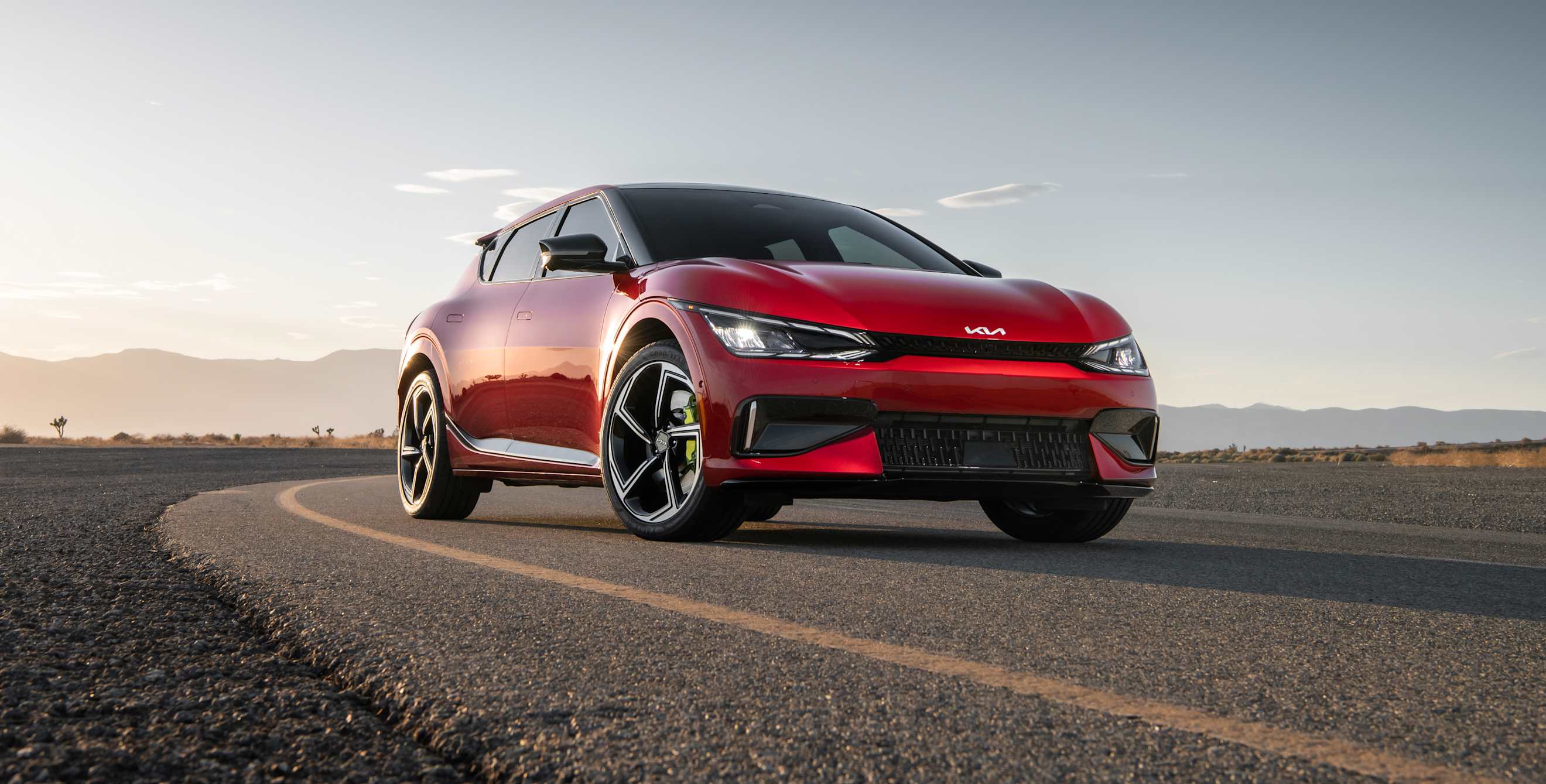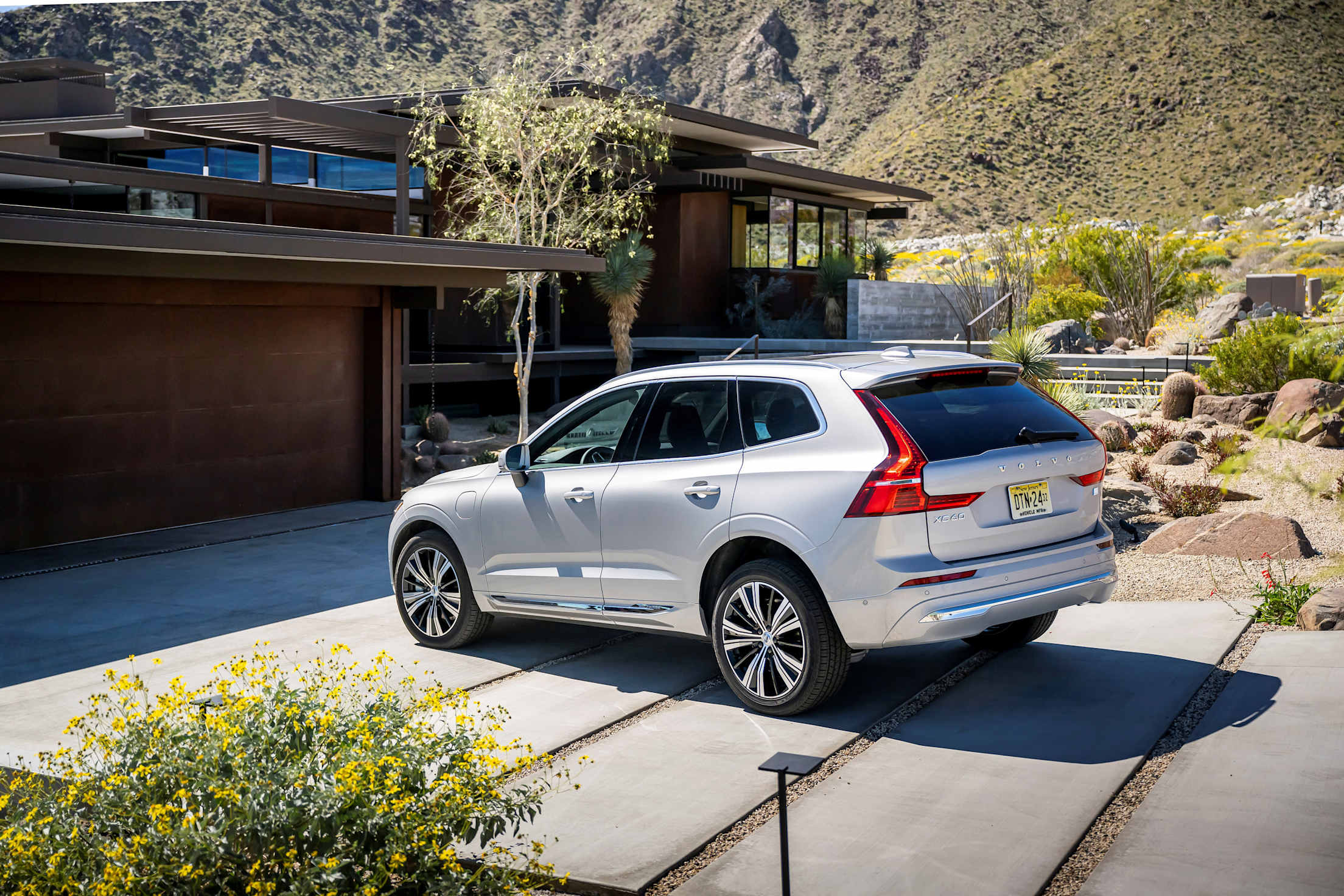
Is a Plug-In Hybrid or an EV Right for You?
These electric cousins offer two very different driving experiences.

The next time you’re driving, take a quick look around you. You’re likely to see at least one electrified vehicle nearby. Electrified vehicles are more popular than ever with Bloomberg expecting sales of plug-in vehicles to exceed 13 million units in 2023, the majority being fully electric.
However, it can be tough to decide between a fully electric car like the Tesla Model 3, Ford Mustang Mach-E, or Kia EV6 or a plug-in hybrid like the Toyota RAV4 Prime, Volvo XC60 Recharge, or Jeep Grand Cherokee 4xe. It all comes down to how much you drive, how much time you can spend charging, and, of course, how much money you want to spend.
What’s the difference between a plug-in hybrid and an EV?
A fully-electric vehicle (EV) has no gas-powered engine. Instead, it stores energy in a large, rechargeable battery. That energy is fed to electric motors that propel the wheels. Most EVs have a range of over 200 miles, though a few can get 400 or even 500 miles of range.
A plug-in hybrid (PHEV) also stores energy in a rechargeable battery, but it is much smaller than the battery found in an EV. With a smaller battery, most PHEVs have around 20–30 miles of all-electric range. In a PHEV, when the battery is depleted or the driver requires quick acceleration, a small gas-powered engine kicks on.

How long does it take to charge?
EVs can be charged at home on a 240-volt Level 2 charging system. The cost to install a home charger varies depending on your home’s electrical panel and such, but expect to pay at least $2,000.
The time it takes to fully charge an EV at home depends on a few factors. Your house pumps out AC current, but the EVs battery accepts DC current. To convert the current from AC to DC, your electric car has an onboard charger. Some onboard chargers are more limited, like the Chevrolet Bolt’s running at 7.2 kW. Compare that to the Lucid Air’s onboard charger that can run at speeds of 19.2 kW. Charging time will also depend on the amperage of your home’s electrical panel. In general, however, EVs can be charged overnight in your garage.
PHEVs can also be charged at home. However, with its smaller battery pack you can get away with using a standard 120-volt outlet. The U.S. Department of Transportation estimates that you can charge a PHEV with this type of outlet in five to six hours. If you invest in a Level 2 charger, expect that time to drop to 1 to 2 hours.
However, only EVs can use the DC fast charging offered at public charging stations. Charging times vary by model, with cars like the Chevrolet Bolt and Mini SE only accepting a charging speed of 50 kW, adding 100 miles in 30 minutes. Meanwhile, the Lucid Air Grand Touring can charge at 300 kW, adding 200 miles in just 12 minutes.

How much does it cost to run an EV vs a plug-in hybrid?
Like charging times, cost will vary. On a home charger it all depends on where you live and what time you charge. For instance, charging a Rivian R1T overnight in California costs roughly $37.12 to add 237 miles or 106.43 kWh of energy. That breaks down to roughly $.35/kWh. Your costs may be different in a location with less expensive power.
Public chargers also vary in cost. In California, Electrify America charges by the kWh at $.31 for members. EVgo can be less expensive, with California members paying around $.21-23/kWh, depending on location and time of use.
Of course, a PHEV also requires gas, so it can be tough to estimate just how much money you’ll spend each year keeping it topped up with both electrons and fuel. The U.S. Department of Energy has a calculator that will help you predict these costs.
Overall an EV is less expensive to maintain than a PHEV. There are no oil changes to worry about, nor are there timing belts, fuel filters or radiator fluid to change. However, since a PHEV also has an internal combustion engine (ICE), be prepared to pay for its regular maintenance.
Should you choose an EV or plug-in hybrid?
PHEVs have the advantage over EVs in their flexibility. Drivers can commute on electrons but still have the security of a gas-powered engine on longer trips. Further, in most PHEVs, drivers can decide when to use the battery. For example, if your commute starts with a 30-mile highway drive, it’s more efficient to use the gas engine for this section and switch to all-electric when the commute moves into the city.
EVs can add hours to a road trip. Public charging stations can be crowded and may be in disrepair. They may also be far off your planned route. However, a PHEV can bypass all that trouble and take you across the country with no problems at all.
If you already have an ICE vehicle in your garage for longer trips, you’ll likely be pretty happy with a fully-electric car. However, if you’re a one-car household with a short-ish commute and a penchant for spur-of-the-moment adventures, a PHEV will suit you just fine.
Make smart choices, whether you’re buying, selling, insuring, maintaining, or repairing a vehicle.